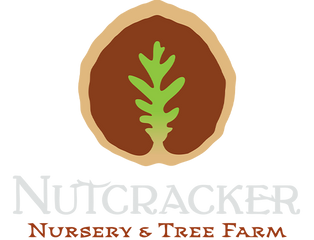HAROVIN RED nectarine
Shipping calculated at checkout
Only 2 in stock
Need more? Contact us
📋 Main characteristics
- Name: Prunus persica ‘Harovin Rouge’
- Type: Yellow-fleshed nectarine, freestone (detached pit).
- Skin/appearance: Medium to dark red with a yellow background. Approximately 80% of the fruit is red (bright to dark red).
- Flesh: Yellow, firm, very aromatic, sweet with a good balance between sugar and acidity. Not fibrous.
- Fruit size: Medium to large.
- Harvest season: Around mid-August, according to sources.
🌱 Cultivation, hardiness, and requirements
- Hardiness/growing zone: Zones 5 to 8 mainly. Some nurseries indicate that it can be grown up to zone 5, which shows good cold tolerance for a nectarine.
- Exposure: Full sun recommended for good color, optimal ripening, and sweetness.
- Soil: Prefers well-drained, fertile, slightly acidic soil with constant moisture but no waterlogging.
- Pollination: Self-fertile—so a single tree can bear fruit. No need for a third pollinator, which simplifies cultivation.
- Vigor/size at maturity: The tree can grow quite large (5-6 m high, 4-5 m spread), especially on standard rootstock. In cultivation, it is often pruned to remain smaller for ease of harvesting.
✅ Advantages & points to watch
- Good cold resistance for a nectarine.
- Good quality fruit, sweet, firm, well colored.
- Limitations or challenges:
- Although hardy, in very cold areas or areas with harsh winters and frequent thaws, there may be a risk of premature bud break or damage from late frosts.
- Requires well-drained soil and good exposure to prevent poor fruit quality (low sugar content or poor color).
- To obtain optimal fruit size and quality, thinning (removing some of the fruit so that the remaining fruit grows larger) is often recommended.
Hardiness Zones
Number of years for production
4 years


